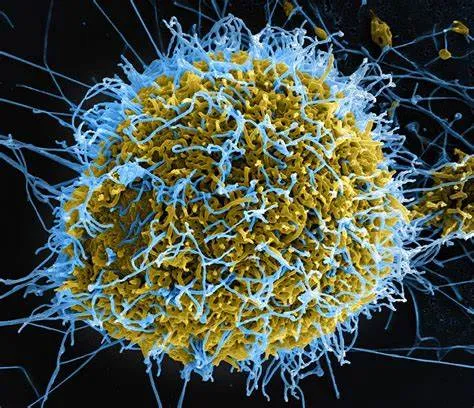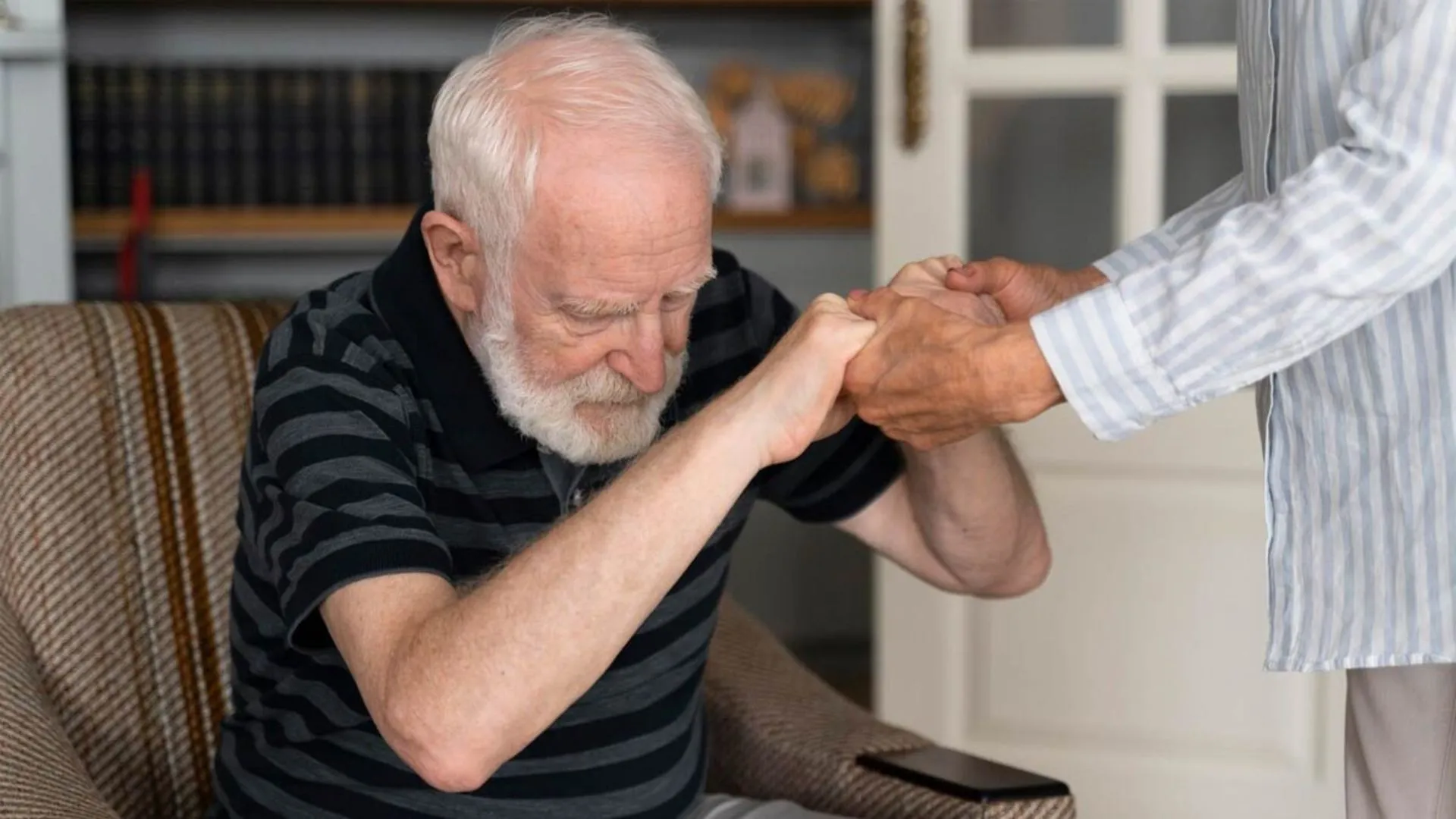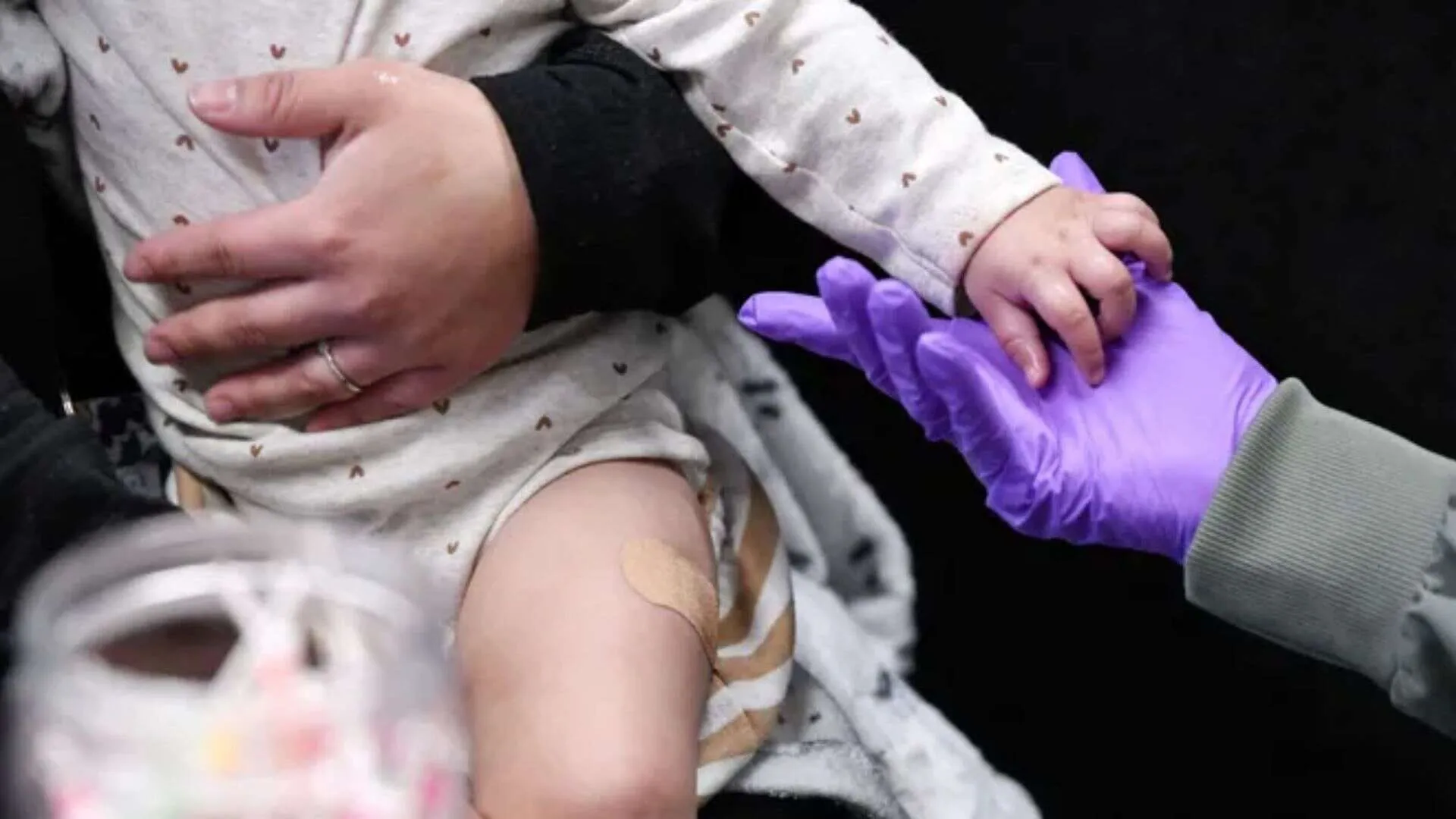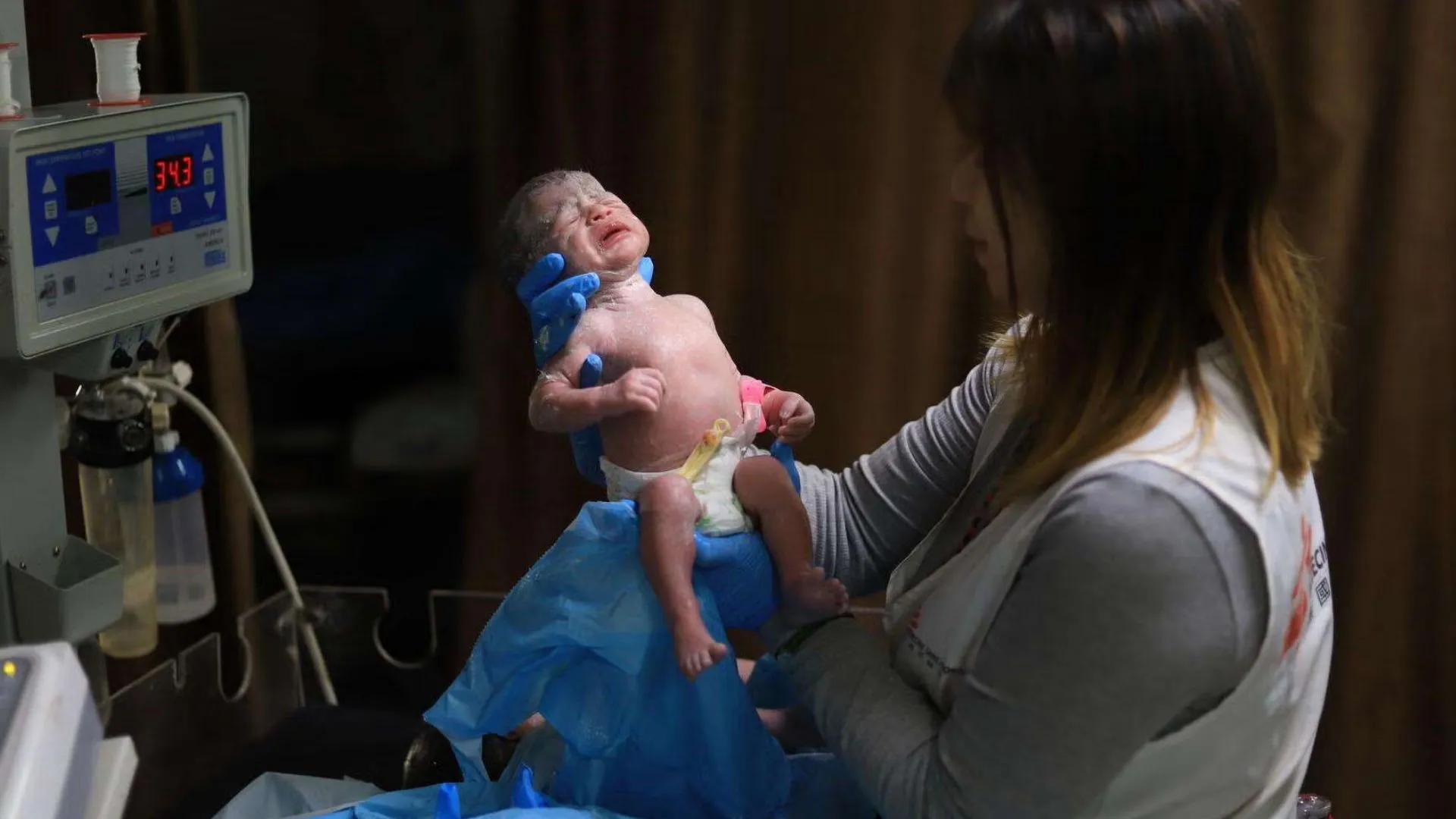Ebola’s Silent Spread: How The Virus Hijacks Human Skin To Infect Others
Ebola virus disease (EVD), caused by the Ebola virus (EBOV), is a rare but often fatal illness that has caused multiple outbreaks in Africa and other regions. Historically, the disease has been primarily linked to the transmission of bodily fluids such as blood, sweat, saliva, and semen. However, recent research has highlighted a surprising and concerning mode of transmission: the virus’s ability to spread silently through the skin. Understanding this silent spread is critical in controlling and preventing future outbreaks. This description explores how the Ebola virus uses human skin to infect others, the implications of this discovery, and the strategies to prevent such transmission.
The Ebola Virus: A Brief Overview
Ebola belongs to the Filoviridae family, with five recognized species, four of which cause disease in humans: Zaire, Sudan, Tai Forest, and Bundibugyo viruses. The disease has a high mortality rate, ranging from 25% to 90%, depending on the strain and the quality of medical care. The virus typically causes fever, vomiting, diarrhea, bleeding, and multi-organ failure.
While Ebola’s primary mode of transmission has always been understood to be direct contact with bodily fluids from an infected person or animal, this understanding is rapidly evolving with new research. The skin, as it turns out, can play a significant and often silent role in the virus’s spread.
How Ebola Hijacks Human Skin
The skin has long been considered a protective barrier that helps prevent the entry of pathogens into the body. However, recent studies suggest that Ebola has developed mechanisms to bypass the skin’s defenses and spread the virus even without noticeable symptoms. Here’s how the virus hijacks the human skin:
- Skin as an Entry Point: The skin is composed of multiple layers, including the outer epidermis and deeper dermis. When a person is infected with Ebola, the virus can enter through broken skin or mucous membranes (such as the eyes, mouth, or nose). The epidermis serves as a barrier, but microabrasions or compromised skin can act as entry points for the virus. When the skin is punctured, even in ways that are not immediately visible (such as a small cut or scratch), the virus can enter and begin to replicate.
- Ebola’s Interaction with the Immune System: Once the virus enters through the skin, it interacts with the immune cells located beneath the skin. Specifically, the virus targets cells like dendritic cells and macrophages, which play crucial roles in detecting and defending against pathogens. By infecting these immune cells, the virus can effectively suppress the body’s immune response and facilitate its spread through the bloodstream.
- Silent Spread Through Sweat and Skin Excretions: One of the most concerning findings in recent studies is the potential role of the skin’s sweat glands in transmitting the virus. Ebola-infected individuals may not show visible symptoms in the early stages of the disease, but the virus could still be shedding through sweat. Even a person with no obvious signs of infection could, therefore, unknowingly infect others through physical contact. This silent spread makes it particularly challenging to detect and contain the virus during its early phases, as individuals may appear healthy while still being contagious.
- Skin Lesions and Contaminated Surfaces: During the later stages of infection, patients may develop visible lesions or rashes on their skin. These lesions can contain high viral loads, which can then be transmitted to others through touch or contact with contaminated surfaces. Even the act of scratching a lesion can lead to the release of viral particles, which can be passed on to others via direct skin-to-skin contact.
- Epidermal Cells as Hosts: Recent research has revealed that Ebola virus can infect epidermal cells, the primary cells of the skin. These cells are involved in the regeneration of the skin’s outermost layers. When these cells are infected, the virus replicates within them, potentially leading to the development of rashes and lesions. Infected epidermal cells can release viral particles that spread to neighboring cells or even to other individuals through close contact.
Why Is the Skin an Effective Transmission Route?
The skin is often the first point of contact between individuals, especially in crowded or healthcare settings. In environments like hospitals, where patients may experience outbreaks, the risk of skin-to-skin transmission is heightened. Several factors make skin an effective transmission route for Ebola:
- Proximity to Infectious Bodily Fluids: The skin is in direct contact with various bodily fluids, such as blood, sweat, and saliva, all of which may harbor the virus. This proximity increases the likelihood of virus transfer, particularly in caregivers or individuals providing first aid who may touch infected surfaces or patients’ bodies.
- Viral Load in Sweat: Studies have suggested that even without noticeable symptoms, individuals infected with Ebola can have a significant viral load in their sweat. This undetectable viral shedding through sweat could be a hidden risk for transmission, especially when there is physical contact between people.
- Long Incubation Period: One of the unique aspects of Ebola is its long incubation period, often ranging from 2 to 21 days. During this period, an individual may not show symptoms but can still be contagious. This delayed onset of symptoms contributes to the silent spread of the virus through bodily fluids, including sweat, saliva, and, potentially, skin contact.
- Healthcare Settings as Amplifiers: In healthcare settings, especially in resource-limited environments, the likelihood of skin-to-skin transmission increases due to the lack of proper protective measures. Healthcare workers, patients, and visitors in close proximity may unknowingly pass the virus through skin contact. Inadequate sanitation and improper use of personal protective equipment (PPE) further elevate the risk of transmission.
Implications of Silent Skin Transmission
The discovery of skin as a possible route for silent Ebola transmission has far-reaching implications for public health. Traditional control measures, such as isolating symptomatic patients and enforcing strict hygiene protocols, may not be enough to contain the virus in areas where skin contact is frequent or unavoidable. The implications include:
- Enhanced Quarantine and Isolation Measures: Identifying the potential for silent spread through skin means that stricter quarantine and isolation measures must be implemented. Individuals with possible exposure may need to be monitored even in the absence of symptoms to prevent the virus from spreading unnoticed.
- Need for Improved Diagnostic Methods: Early detection of Ebola remains a challenge due to the lack of specific symptoms in the initial stages of infection. More rapid diagnostic tests and more frequent screening are needed, especially in high-risk areas, to identify asymptomatic carriers and prevent the silent spread of the virus.
- Healthcare Worker Protection: Healthcare workers remain one of the most vulnerable groups during an Ebola outbreak. With the possibility of silent transmission through skin, additional safety protocols and protective gear are necessary to protect those working with potentially infected individuals. Specialized PPE, including full-body suits, face shields, gloves, and boots, must be worn, and strict hygiene practices should be adhered to.
- Community Education and Awareness: Public health campaigns need to address the hidden risks of silent Ebola transmission. Educating communities about the importance of hygiene, avoiding close contact with symptomatic individuals, and the potential for transmission through sweat or skin contact could reduce the risk of outbreaks.
- Long-Term Monitoring and Vaccination: Long-term monitoring of populations at risk for Ebola outbreaks is essential. Vaccines for Ebola have been developed and tested, showing effectiveness in preventing the virus. Expanding vaccination programs in high-risk regions could help reduce the incidence of Ebola outbreaks and mitigate the risk of silent transmission.
Prevention and Control: Strategies to Combat Ebola’s Silent Spread
To prevent the silent spread of Ebola through skin, comprehensive control strategies need to be implemented:
- Early Identification and Isolation: Individuals with suspected Ebola should be immediately isolated, even if they are not showing symptoms. Regular screening and enhanced surveillance measures, especially in regions with known outbreaks, are critical to identify potential carriers before they unknowingly transmit the virus.
- Strict Hygiene Protocols: Everyone, especially healthcare workers and caregivers, must adhere to strict hygiene and sanitation protocols. This includes frequent handwashing, proper disinfection of surfaces, and the use of PPE. The virus can spread through contaminated surfaces, so cleaning and disinfecting all equipment and tools is vital.
- Education and Awareness: Raising awareness about the silent spread of Ebola and teaching the community about protective measures can help prevent unnecessary contact and minimize the risk of transmission.
- Continued Research: Further studies are required to fully understand the virus’s interaction with the skin and how it can be transmitted silently. Developing vaccines and antiviral drugs that target the virus’s ability to spread through various routes, including skin, is key to eradicating the disease.
The Ebola virus’s ability to hijack human skin and spread silently is a game-changer in how we approach the prevention and control of outbreaks. While the disease has historically been known for its rapid progression and direct transmission through bodily fluids, this new understanding of silent transmission through the skin presents additional challenges in managing outbreaks. By recognizing the role of skin in the virus’s spread and implementing stringent control measures, healthcare systems and communities can better prepare for future outbreaks and reduce the risk of further transmission.
Through continued research, improved diagnostics, and enhanced public health measures, we can protect vulnerable populations from the devastating impact of Ebola virus disease and eventually work toward its eradication.























